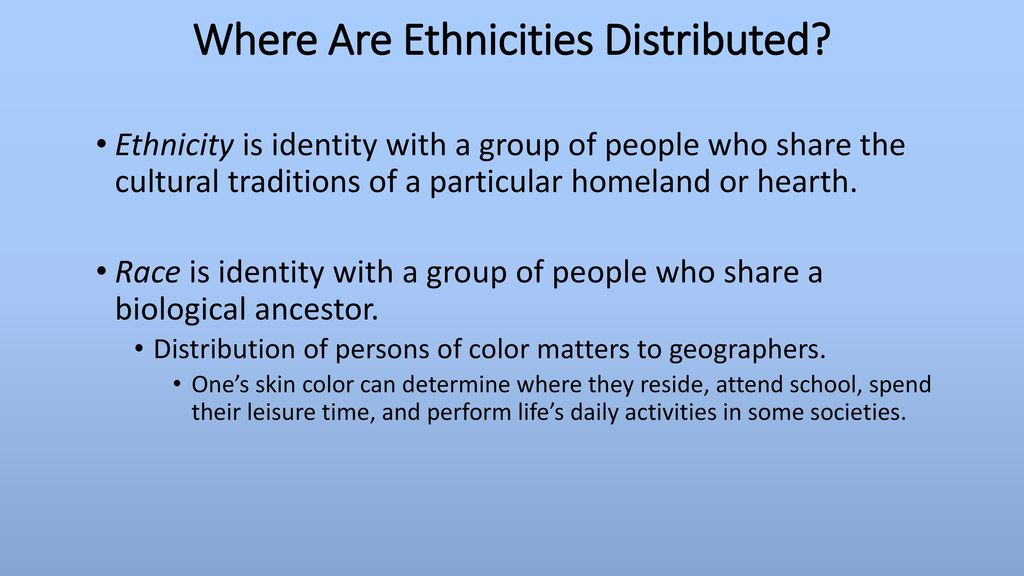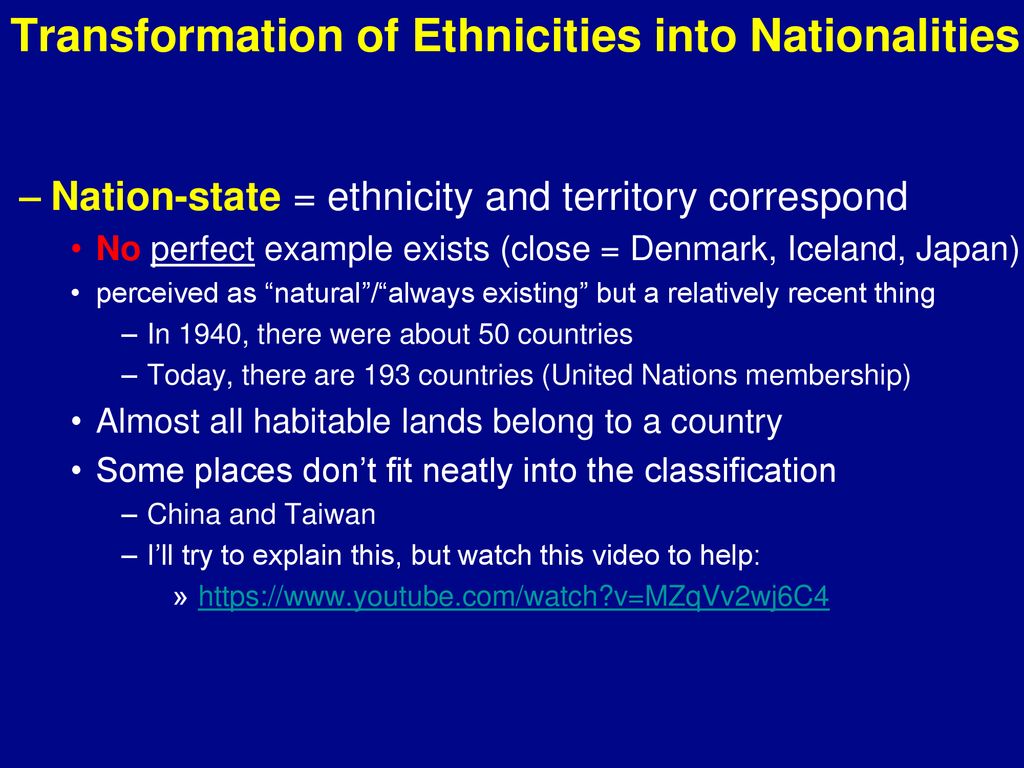The United States is a melting pot of diverse cultures, with a population comprising various racial and ethnic groups. According to
EBSCO, the country's demographic landscape is constantly evolving, with significant implications for social, economic, and political spheres. In this article, we will delve into the complexities of racial and ethnic groups in the United States, exploring their characteristics, challenges, and contributions to the nation's rich tapestry.
Racial Groups in the United States
The US Census Bureau recognizes five major racial categories: White, Black or African American, American Indian or Alaska Native, Asian, and Native Hawaiian or Other Pacific Islander. Each group has its unique history, culture, and experiences. For instance, the
US Census reports that the White population remains the largest racial group, accounting for approximately 60% of the total population. However, the proportion of minority groups is growing rapidly, with the Hispanic or Latino population being the fastest-growing demographic.
Ethnic Groups in the United States
Ethnic groups in the US are diverse and multifaceted, with many individuals identifying with more than one ethnicity. The Hispanic or Latino population, for example, encompasses various ethnicities, including Mexican, Puerto Rican, Cuban, and Dominican. Similarly, the Asian population includes ethnic groups such as Chinese, Indian, Filipino, and Vietnamese. EBSCO notes that understanding these ethnic differences is crucial for developing effective policies and programs that cater to the needs of diverse communities.
Challenges Faced by Racial and Ethnic Groups
Despite the progress made in promoting diversity and inclusion, many racial and ethnic groups in the US continue to face significant challenges. These include:
Racial disparities in education: EBSCO reports that students from minority groups often have limited access to quality education, leading to persistent achievement gaps.
Healthcare disparities: Racial and ethnic minorities are more likely to experience poor health outcomes, including higher rates of diabetes, hypertension, and obesity.
Economic inequality: The wealth gap between racial and ethnic groups remains significant, with minority groups facing higher rates of unemployment and poverty.
Contributions of Racial and Ethnic Groups
The diversity of racial and ethnic groups in the US is a significant strength, contributing to the country's economic, cultural, and social vitality. Some of the key contributions include:
Cultural enrichment: The diverse cultural practices, traditions, and values of racial and ethnic groups enrich the American experience, fostering a more inclusive and vibrant society.
Economic growth: Minority-owned businesses and entrepreneurs play a crucial role in driving economic growth, innovation, and job creation.
Social progress: The struggles and achievements of racial and ethnic groups have been instrumental in shaping the country's social justice landscape, promoting equality, and advancing human rights.
In conclusion, the racial and ethnic groups in the United States are a vital part of the country's fabric, bringing unique perspectives, experiences, and contributions to the table. By understanding and embracing this diversity, we can work towards creating a more inclusive, equitable, and prosperous society for all. As EBSCO notes, promoting diversity and inclusion is essential for building a stronger, more resilient America.
Learn more about the importance of diversity and inclusion in shaping the future of the United States.









